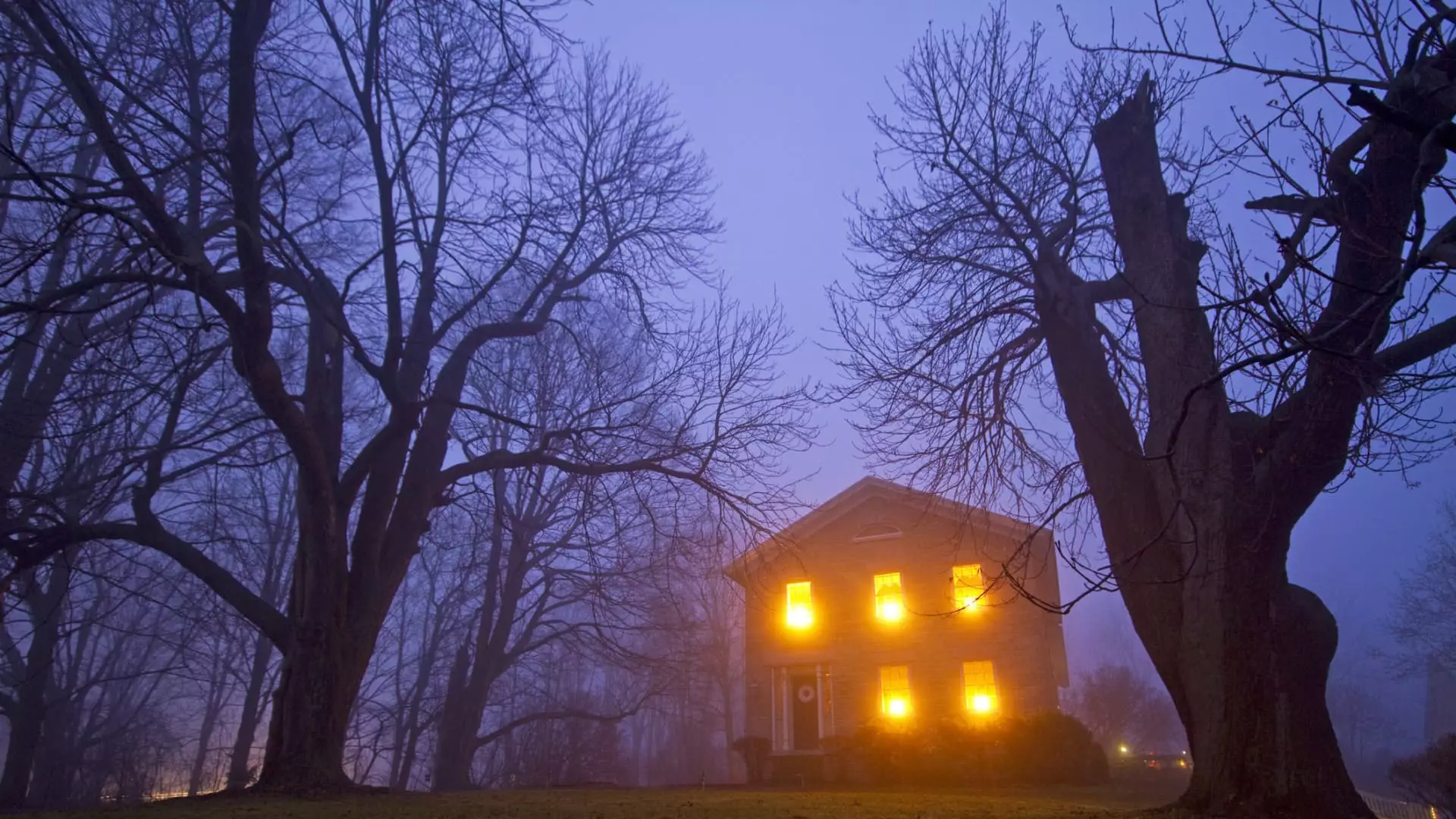In the realm of real estate, the interaction between a buyer and their agent is fraught with complexities, particularly when it comes to disclosing the history of a property. Among the most debated topics in this field is the concept of “stigmatized properties.” These are homes that may not have any physical defects but are influenced by psychological perceptions due to past events, such as deaths or crimes that occurred within their walls. The legal requirements for disclosing such information vary widely across different states, leading to confusion for both buyers and real estate agents.
The Stigma and Its Implications
At its core, a stigmatized property carries the shadows of its past. These properties can encompass a wide array of unsettling histories, from murders and suicides to alleged hauntings. While the National Association of Realtors (NAR) suggests that such properties have no actual physical impact, their reputations can be deeply entrenched in the local psyche. This plays a significant role in how potential buyers perceive the value and livability of these homes.
Contrary to common misconceptions, the disclosure of a death or crime within a property is not universally mandated across the United States. For instance, certain states require sellers to disclose events like homicides or suicides if they occurred within a specific timeframe, while others impose no such requirement at all. In California, for example, it is obligatory to report any death that happened in the home within the last three years. Meanwhile, in states like New York, sellers can remain silent about deaths but must disclose claims of paranormal activity. This patchwork of regulations creates an environment where buyers must be vigilant in their inquiries.
In many instances, the onus falls upon the homebuyer to conduct thorough research. In states like Georgia, real estate agents are not required to disclose a history of demise unless directly asked. This places an ethical burden on agents to provide truthful answers when inquiries are made. Harrison Beacher, a knowledgeable real estate agent, highlights the dilemma, stating, “While I can point buyers toward resources to uncover a property’s history, I am not obligated to provide details unless questioned.” This underscores the necessity for homebuyers to engage actively and inquisitively during the home-buying process.
However, buyer sentiment towards stigmatized properties can vary significantly. While some individuals may shy away from homes associated with such histories—perhaps due to personal beliefs in the supernatural or a fear of bad energy—others may find these properties appealing if offered at a reduced price. For many, the idea of acquiring a home at a bargain is far more enticing than the potential psychological discomfort tied to its past.
Market data paints a fascinating picture. A report from Real Estate Witch indicates that a substantial portion of buyers—approximately 72%—expressed willingness to purchase a house claimed to be haunted if the price was right. Furthermore, nearly half of those surveyed would negotiate a significant reduction in price for properties with a stigmatized history. This reveals a complex interplay between psychological concerns and financial practicality in the real estate market.
Take, for instance, the LaBianca mansion, infamous in the annals of true crime. After experiencing a significant price reduction, it ultimately sold for $1.875 million—demonstrating that even properties with notorious histories can find buyers, albeit often at discounted prices. This scenario reflects a broader trend where buyers are increasingly willing to overlook negative historical connotations in favor of attractive property features, location, or affordability.
For prospective homeowners, actively seeking information can help demystify the potential ghost of a property’s past. Engaging with real estate agents for honest discourse is crucial. Additionally, neighbors can provide insights that may not be available through official channels. They can often recount experiences that reveal much about a neighborhood’s character and history.
Moreover, an investigation into public records can yield valuable information. Doing a thorough online search for police reports or historical newspaper articles about a home can uncover hidden narratives. Speaking directly with local authorities, such as the county manager’s office, can also provide insights into any crime reports associated with a property.
Navigating the murky waters of stigmatized properties in real estate requires vigilance and discernment. The key lies in understanding local laws, engaging with knowledgeable real estate agents, and conducting thorough research. Every home has a story to tell, and the challenge for buyers is to decide how much of that story they are willing to embrace. Whether viewed with trepidation or intrigue, stigmatized properties remain an intriguing aspect of the real estate landscape.

